Vietnam – a new bright spot in investment attraction in Southeast Asia
Vietnam has been emerging as a bright star in terms of foreign investment attraction in Southeast Asia, stated Sam Cheong Chwee, Executive Director at United Overseas Bank (UOB) and Head of UOB Group’s Foreign Direct Investment Advisory Unit, in an article published on Lianhe Zaobao, a Chinese-language daily in Singapore, on October 9.

An automobile frame welding line at the Toyota Vietnam company in the northern province of Vinh Phuc. (Photo: VNA)
According to the author, the foreign direct investment (FDI) inflows in the Vietnamese market have been consistently increasing over recent years. Statistics from the United Nations Conference on Trade and Development (UNCTAD) showed that Vietnam lured up to US$16 billion of FDI in 2018. In its recently announced report, the Vietnamese Ministry of Planning and Investment also informed that Vietnam’s FDI attraction reached more than US$18.4 billion in the first nine months of 2019.
With flourishing economic and industrial growth momentum, Vietnam is always an important partner and market in Southeast Asia, the article said. It held that the Vietnamese Government has strived to develop infrastructure at key economic and industrial zones, thereby enhancing the country’s FDI attraction capabilities. For example, the planning and construction of the port city of Hai Phong into a new economic centre in the northeastern region has helped attract a large amount of FDI into the field of high-tech agriculture.
In the regional aspect, amid the declining FDI attraction of all countries around the world, Southeast Asia has reported strong growth. According to UNCTAD statistics, the total foreign investment poured into ASEAN countries in 2018 reached a record high at US$149 billion, up 3% from the previous year. Notably, more than half of the value flowed into the Singaporean market, while Indonesia lured US$22 billion thanks to its efforts in developing infrastructure, renovating science & technology and accelerating e-commerce. Over the past year, Malaysia has made strong improvements in enhancing its attractiveness to foreign investors. From a modest value of US$8 billion in 2018, the flow of foreign investment into Malaysia reached US$7.1 billion in the first quarter of 2019, representing a sharp year-on-year increase of 73.4%. According to analysts, tax incentives and efforts in expanding the manufacturing and tourism industries, services and accelerating the digital economy have helped Malaysia achieve the aforementioned success.
The FDI flows into Thailand is also quite optimistic. As shown in statistics, Thailand attracted US$10 billion in foreign investment last year, twice as much as in 2017, with about half of the capital being poured into the manufacturing industry. Together with the initiation and promotion of the East-West economic corridor development strategy, Thailand is hoping to attract up to US$43 billion of FDI in the next five years.
The author of the article emphasised the young population structure as the first advantage enabling the ASEAN member economies to draw attention from investors outside the region. In addition, a strong economic growth, competitive prices, a complete legal framework and especially the rapid development of the network economy are also the factors that help ASEAN to attract more and more foreign investors to the region.
( VNF/NDO )
Recommended
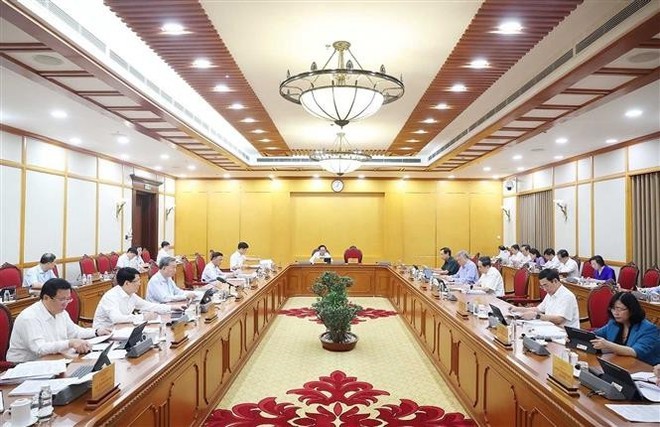 National
National
Vietnam News Today (Jun. 7): Prime Minister works with Estonian firms to accelerate projects in Vietnam
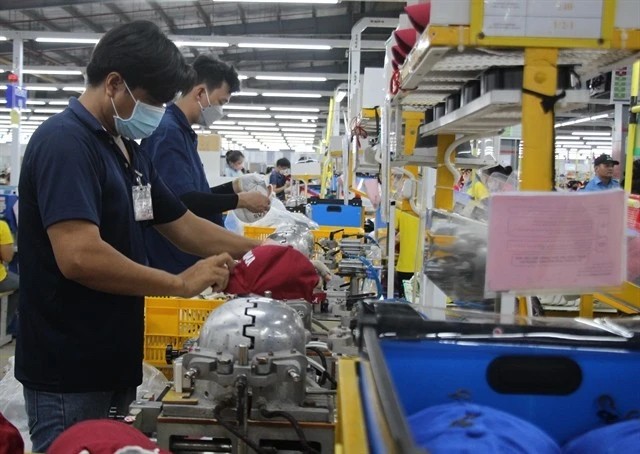 National
National
Vietnam News Today (Jun. 6): Foreign Investment in Vietnam Surges in Five Months
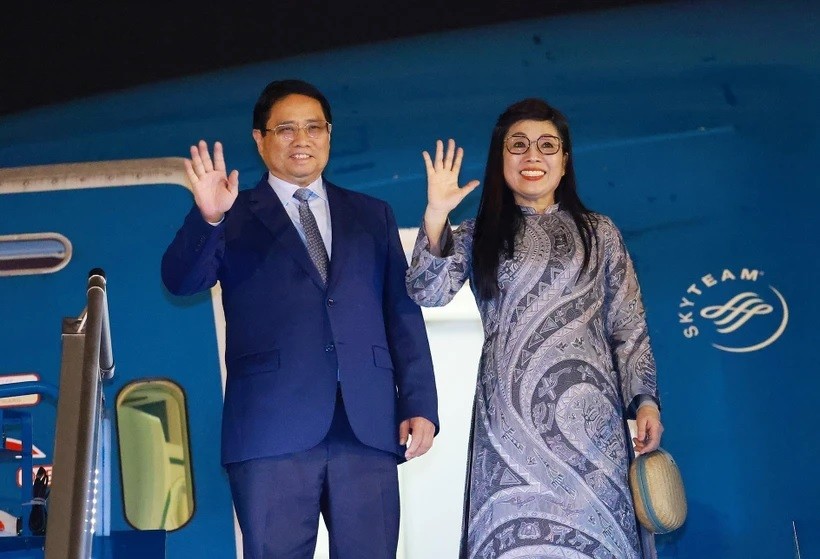 National
National
Vietnam News Today (Jun. 5): PM sets off for attendance at UNOC 3 in France, official visits to Estonia, Sweden
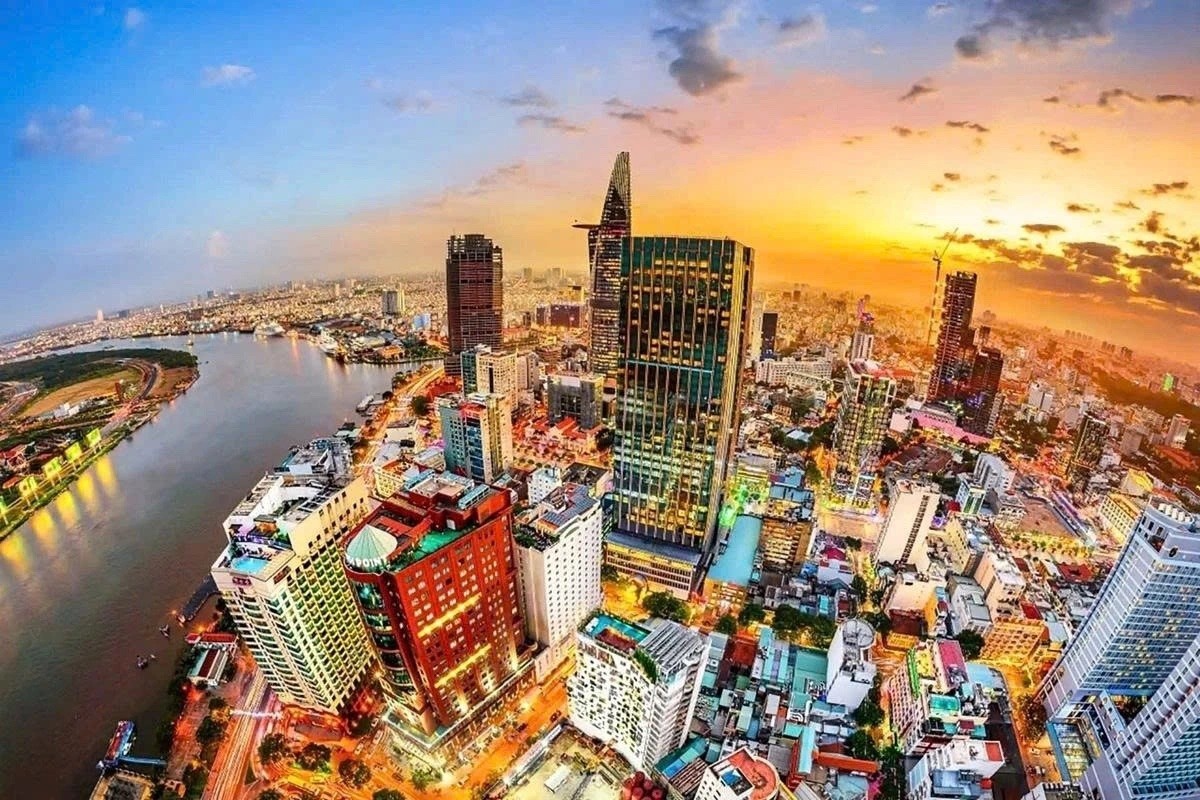 National
National
Vietnam News Today (Jun. 4): Vietnam - Promising Candidate for Southeast Asia’s Next Powerhouse
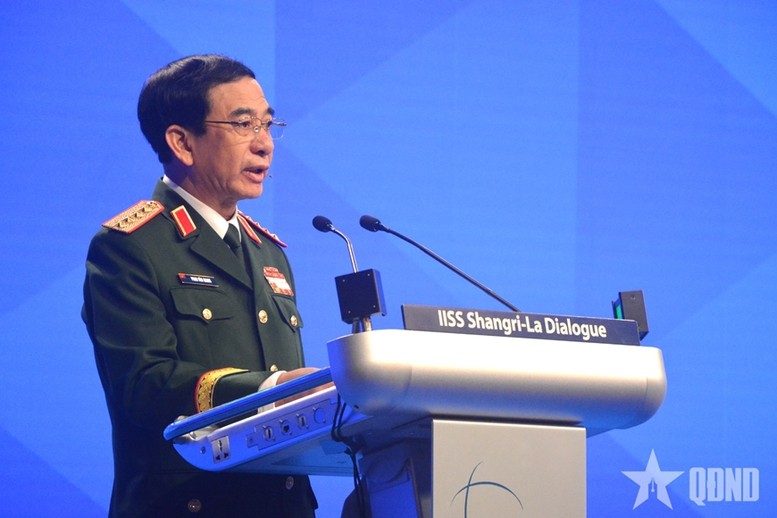 National
National
Shangri-La Dialogue 22: Vietnam Highlights Some Issues of Ensuring Stability in a Competitive World
 National
National
Vietnam News Today (Jun. 3): PM Pham Minh Chinh to Attend UN Ocean Conference, Visit Estonia, Sweden
 National
National
Vietnam News Today (Jun. 2): Vietnamese Trade Mission Sounds Out Business Opportunities in United States
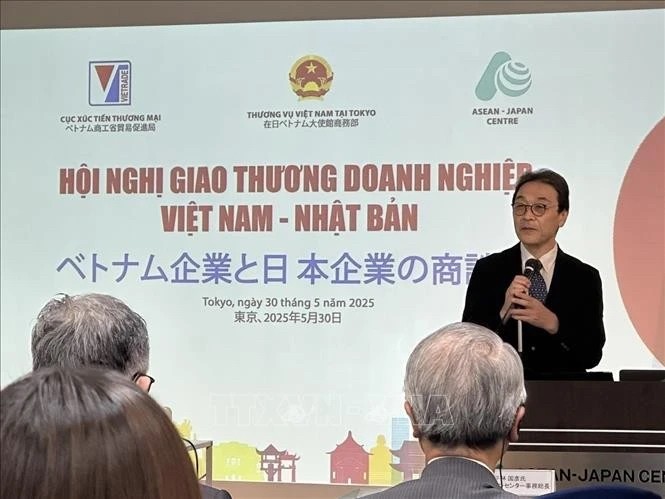 National
National
